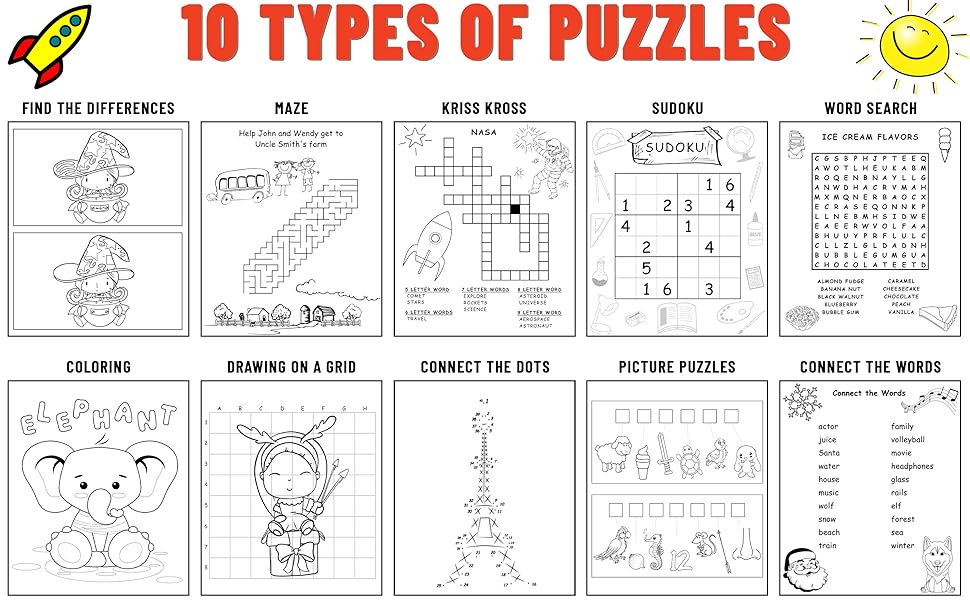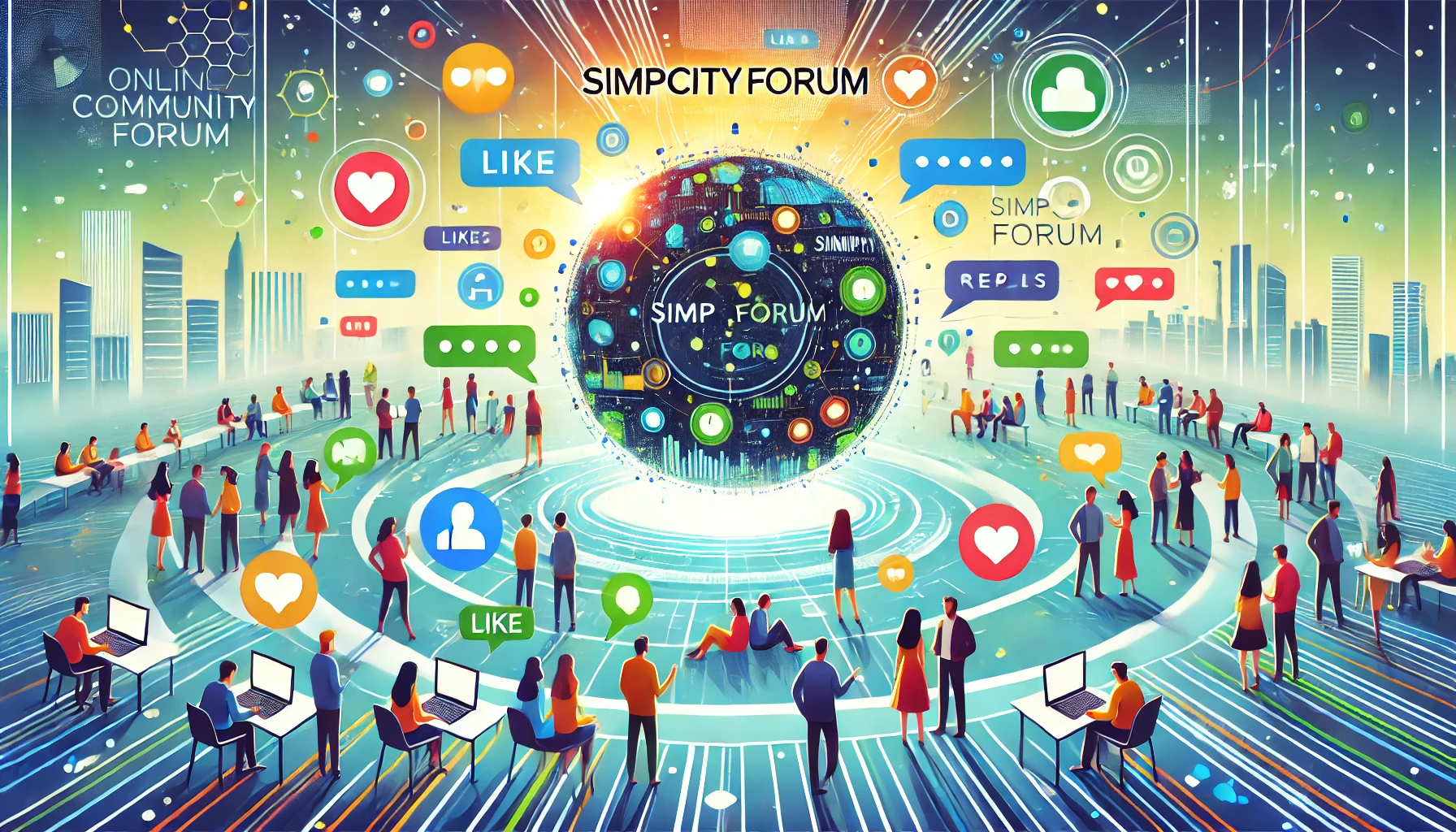
Introduction to Puzzles
Puzzles have captivated human interest for centuries, serving as a source of entertainment, intellectual challenge, and cultural expression. Defined as problems or enigmas that require ingenuity, logic, and patience to solve, puzzles encompass a diverse range of types. From jigsaw and crossword puzzles to logic and math puzzles, these activities engage individuals across cultures and ages, illustrating their universal appeal and significance.
The historical origins of puzzles can be traced back to ancient civilizations, where they were often employed as tools for education and mental exercise. Early examples include the famous labyrinth of Knossos in Greek mythology and the use of riddles in literary traditions, such as those found in the works of Shakespeare and ancient Egyptian texts. As societies evolved, so too did the forms and formats of puzzles. By the 18th and 19th centuries, the advent of printed puzzles began to emerge, prominently featuring in newspapers and magazines, thus propelling their popularity among the masses.
The cultural impact of puzzles extends beyond mere entertainment; they are often integrated into educational settings, promoting critical thinking and problem-solving skills. Today, puzzles are found in various environments, ranging from family game nights to competitive puzzle championships. The proliferation of digital technology has further transformed the landscape of types of puzzles, with online games and mobile applications making them more accessible than ever before.
Moreover, puzzles possess a distinct social element as they can foster collaboration, enhance communication among participants, and build relationships. As we delve deeper into the complexities of puzzles in this blog post, we will uncover the myriad types of puzzles and their connections to cognitive development and leisure activities. Understanding their historical journey provides a valuable context for appreciating their enduring significance in contemporary society.
The Different Types of Puzzles
Puzzles come in an array of types, each offering unique characteristics and gameplay mechanics that engage players’ minds. Among the most recognized types of puzzles is the jigsaw puzzle, where individuals piece together interlocking, often colorful sections to form a complete picture. These puzzles vary in difficulty based on the number of pieces, creating a fulfilling challenge for all ages. Jigsaw puzzles promote spatial reasoning and concentration, making them a favorite pastime.
Another prevalent type is the crossword puzzle, a word-based challenge that clues players into filling in a grid with intersecting words. Each clue corresponds to a letter or word, requiring both vocabulary skills and general knowledge. Crosswords are commonly found in newspapers, magazines, and online platforms, catering to enthusiasts looking to sharpen their language capabilities.
Sudoku presents a different challenge altogether, utilizing a grid format where numbers must be placed in such a manner that each row, column, and designated section contains the digits one through nine without repetition. This type of puzzle emphasizes logic, problem-solving, and analytical skills, often appealing to those who enjoy numerical challenges.
Logic puzzles, on the other hand, often rely on deductive reasoning to unravel a mystery or solve a problem, challenging players to think critically about the information presented. Such puzzles can range from simple riddles to complex scenarios requiring detailed logical deductions. The wide variety of logic puzzles caters to those who thrive on challenges involving reasoning and deduction.
Additionally, there are word search puzzles that task players with finding a list of words hidden within a grid of letters. These types of puzzles are often designed for recreational purposes, focusing on pattern recognition and visual searching skills. As seen, the spectrum of puzzles is vast, each type contributing uniquely to cognitive enhancement and entertainment, appealing to a diverse audience with differing interests and goals.

Benefits of Solving Puzzles
Engaging with various types of puzzles offers a wealth of cognitive, emotional, and social benefits that enrich our daily lives. Cognitive enhancement is perhaps the most prominent advantage, as working on puzzles stimulates critical thinking and improves problem-solving skills. This mental exercise encourages individuals to devise strategies to navigate through challenges efficiently, forging pathways to enhanced analytical abilities. Furthermore, the act of piecing together puzzles actively engages memory functions, as participants must remember details and patterns to succeed. This can have a profound impact on brain health, particularly in older adults, by potentially reducing the risk of cognitive decline.
Beyond cognitive improvements, solving puzzles also serves as a powerful tool for emotional relief. Engaging in such activities can significantly reduce stress levels, providing a sense of accomplishment and satisfaction upon completion. As individuals immerse themselves in puzzles, they often enter a state of flow, where distractions fade and focus sharpens. This state not only promotes relaxation but can also lead to heightened creativity and resourcefulness, positively impacting various aspects of life.
The educational significance of puzzles cannot be overlooked either. They play a crucial role in the classroom, fostering collaborative learning through various types of puzzles, such as crosswords, Sudoku, and logic puzzles. These activities encourage teamwork and communication among students, enhancing social interaction while contributing to group dynamics. Similarly, in professional settings, puzzles serve as effective team-building exercises, helping to strengthen bonds between colleagues and promote an environment of collaboration. By integrating diverse types of puzzles into both educational and workplace contexts, individuals can amplify their personal and professional development, making a compelling case for the inclusion of puzzles in everyday life.
Getting Started with Puzzles
Embarking on the journey into the diverse world of puzzles can be both thrilling and rewarding. As a newcomer, it is essential to understand how to select the right types of puzzles that align with your interests and skill level. With an abundance of options, from jigsaw puzzles to logic puzzles, identifying what resonates with you can enhance your overall experience.
To begin, evaluate your preferences. If you enjoy visual challenges, jigsaw puzzles are an excellent choice. For those attracted to wordplay, crossword puzzles or word searches provide engaging mental exercises. Additionally, if analytical thinking appeals to you, consider exploring Sudoku or logic puzzles. Starting with puzzles that intrigue you will create a foundation for a fulfilling hobby.
Next, it is crucial to consider your skill level. Beginners might find starting with simpler puzzles beneficial. Gradually increasing the complexity as confidence builds will allow you to develop your problem-solving skills without becoming overwhelmed. Many websites offer beginner, intermediate, and advanced categories to help you choose appropriate challenges.
To discover various types of puzzles, numerous resources are available to you. Local bookstores, libraries, and online platforms offer a plethora of puzzle books that cater to differing skills and interests. For digital enthusiasts, mobile applications and websites provide interactive experiences where you can solve puzzles and even compete with others. Some popular platforms include Puzzle Baron, JigZone, and various Sudoku apps.
Engaging with these resources will not only help you to find the right puzzles but also keep your skills sharp. Joining puzzle-solving communities, whether online or in-person, can further enrich your experience, offering social engagement and shared insights. Through exploration and practice, you can foster a lifelong fascination with the expansive universe of puzzles.





